Italian Sparkling Wine Regions and Events
4th November 2024
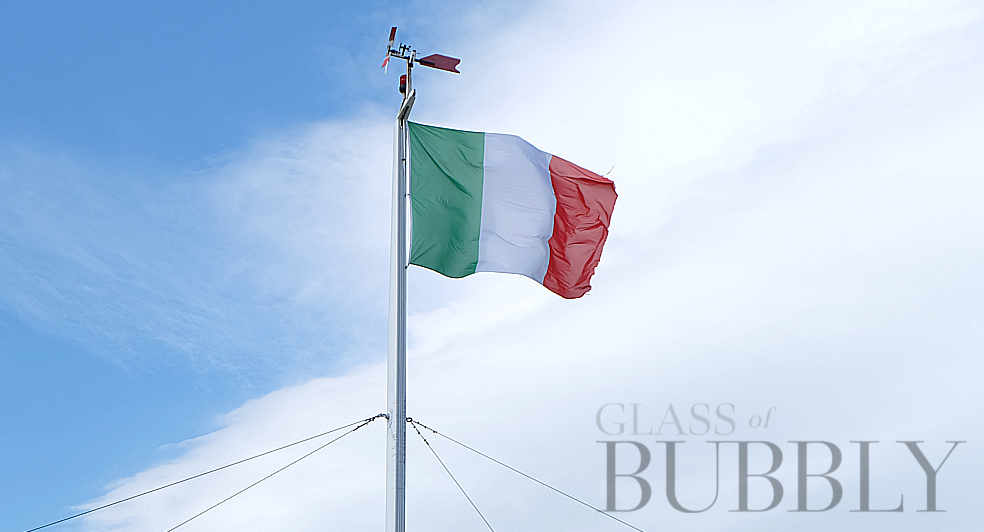
Italian sparkling wine is produced in almost all regions of Italy. The country is a world major producer of sparkling wine, largely due to the global demand for Prosecco. Some of the most important and well-known denominations of Italian sparkling wine include Prosecco, Franciacorta, Trentodoc, Lambrusco, Asti, Oltrepò Pavese, and Alta Langa. Many other denominations also produce sparkling versions, known as Spumante, for example, Gavi or Cortese di Gavi DOCG Spumante. The list of sparkling DOC and DOCG wines is extensive, with some lesser-known small denominations finding great interest in Italy, such as Vernaccia di Serrapetrona DOCG made from the Vernaccia Nera grape variety. Additionally, there are rare and unknown wines, even in Italy, such as Recioto della Valpolicella Spumante. The world of Italian sparkling wine is vast, and I will focus on some well-known denominations.
The main production methods are Tank, Asti and Traditional, and a small niche but increasing Ancestrale (Pet Nat). Most Italian sparkling wines are made by the Tank method, called Martinotti or Charmat here. The tank method was invented and patented in 1895 by Italian winemaker Federico Martinotti and refined by Frenchman Eugène Charmat in 1907. Another French name for the tank method is Cuve Close, which means sealed tank.
Prosecco and Lambrusco are predominantly made by this method. You will find many versions of Charmat Lungo with increased lees ageing, usually about nine months, or some examples made by the Traditional Method.
Prosecco
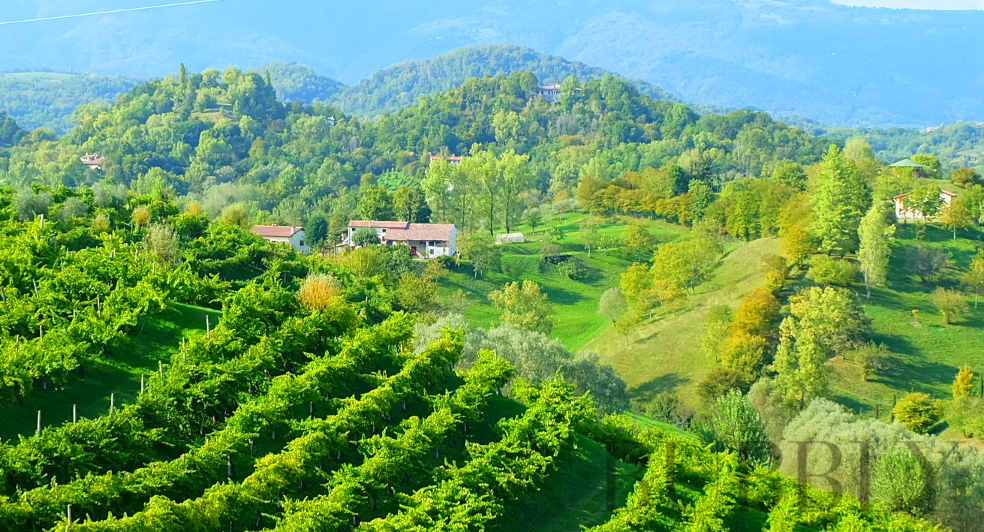
Prosecco wines are produced from Glera grapes in the northeast of Italy and split into different PDOs:
- Prosecco DOC, produced in nine provinces of Veneto and Friuli-Venezia Giulia regions
- Conegliano Valdobbiadene or Prosecco DOCG is produced between Conegliano and Valdobbiadene towns in the Veneto region.
- Asolo Prosecco DOCG, situated on the south of Valdobbiadene
Prosecco DOCG wines include other categories:
- Prosecco DOCG Rive (rive means steep hill slope). The single commune or vineyard name is added from one of 43 Rive, for example, Rive Santo Stefano.
- Superiore di Cartizze DOCG or Cartizze DOCG. The production area covers a 108 hectares single vineyard located in Valdobbiadene.
- Prosecco wines are also made in various styles, such as Spumante (fully sparkling), Frizzante (with less pressure) or Col Fondo/Sui Lieviti (Sur Lie), including different styles based on sugar content or dosage.
Prosecco-related Event: Conegliano Valdobbiadene Festival is the most important annual event devoted to the wine of Conegliano Valdobbiadene and takes place on the third weekend in May.
Lambrusco

Lambrusco wines come from the Emilia-Romagna region and include 12 different Lambrusco varieties and are used as a single grape or a combination of various grapes depending on DOC regulations. These varieties are: Grasparossa, Salamino, Sorbara, Barghi, Maestri, Foglia Frastagliata, Marani, Montericco, Viadanese, Oliva, Benetti, Pellegrino.
There are different DOCs with their own regulations and delimited production areas:
- Lambrusco di Sorbara DOC
- Lambrusco Grasparossa di Castelvetro DOC
- Lambrusco Salamino di Santa Croce DOC
- Colli di Scandiano e di Canossa DOC
- Modena DOC
- Reggiano DOC
You can find out more about their regulations and permitted varieties on the Consortium’s Official Website: www.lambrusco.net
The Consorzio Tutela Lambrusco has been hosting tastings and masterclasses in partnership with the “Modena Champagne Experience“, the most significant Italian event on Champagne. This event takes place annually in October in Modena and is primarily targeted towards industry professionals.
Asti
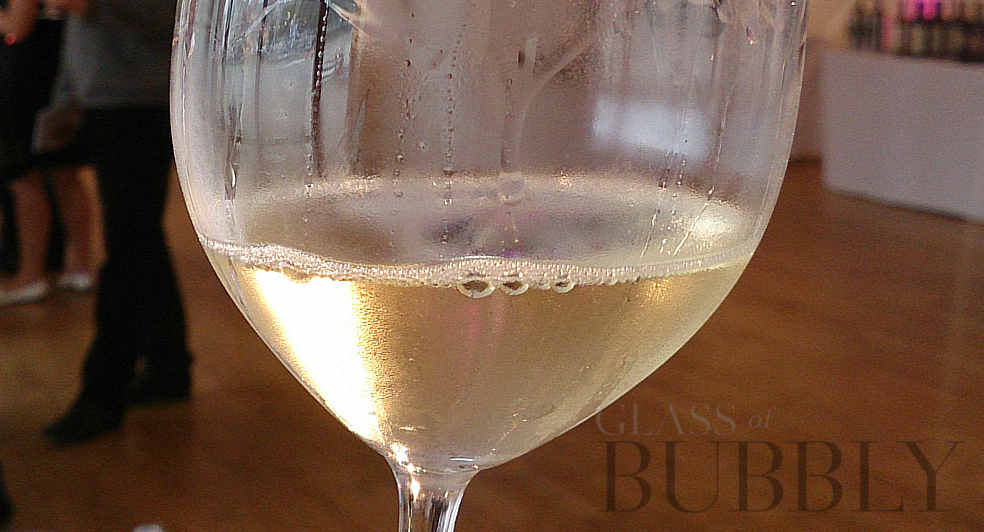
Asti wines are produced in the Piedmont region from Moscato grapes, using a variation of the Tank method. The wine undergoes a single fermentation. This method is used for both, Spumante and Frizzante styles, respectively, for Asti DOCG and Moscato d’Asti DOCG. These wines distinguish pronounced aromaticity; aromas and flavours include orange blossom, acacia, lavender, wisteria, linden, sage, grapey, lemon, peach, apple, pear, and banana.
Franciacorta DOCG, Trentodoc, Oltrepò Pavese Metodo Classico DOCG and Alta Langa are all made by Traditional Method, mainly using Chardonnay and Pinot Noir grapes. Metodo Classico, the name for this method in Italian, is also produced in Reserva or Millesimato (Vintage) versions.
Asti Consortium events page (in Italian): Eventi and News
Franciacorta
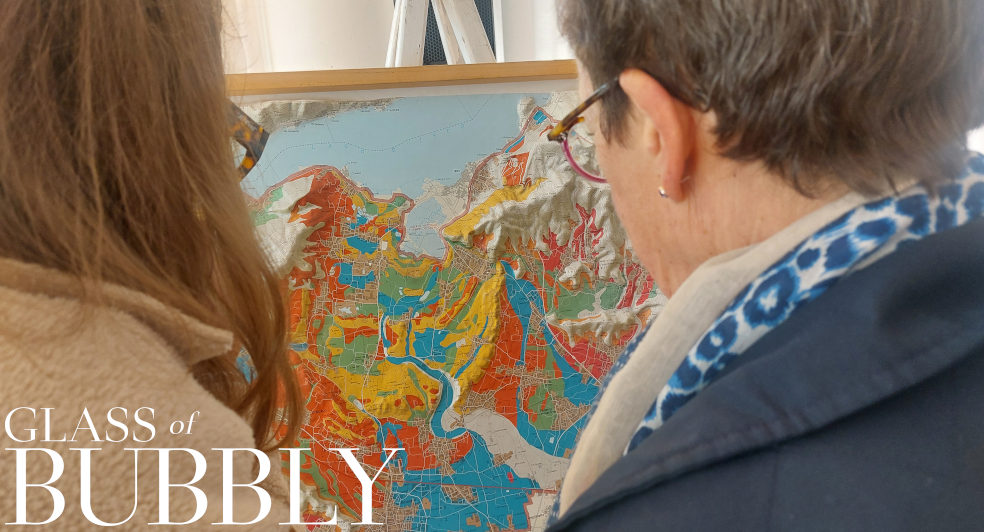
Franciacorta is located in the Lombardy (it. Lombardia) region, the northern part of Italy and Franciacorta DOCG wines are made from Chardonnay, Pinot Noir and Pinot Blanc grapes. Other still wines are produced in this area under the denomination of Curtefranca DOC. There are also many traditional method sparkling wines outside the DOCG area and many examples of outstanding quality.
Franciacorta wines are sold in different styles:
Non-Vintage: 18 months of lees ageing. Grapes come mostly from one vintage, but vintage-declared wines require more ageing on lees.
Satèn wines are made from white grapes, using predominantly Chardonnay. A minimum of 24 months on lees and less pressure in the final wine (less than 5 bars) are required. Regarding sugar levels can be only Brut.
Millesimato, or Vintage wines, are aged for 30 months on lees, and a minimum of 85% of grapes come from a single vintage.
Riserva wines are aged for at least 60 months on lees and are also vintage wines.
Wines can be both Whites and Rosè/Rosato. Rosès are mostly made by blending Chardonnay and Pinot Noir (minimum 35%). Pinot Noir base wines are obtained mainly through direct pressing or maceration on the skins. The minimum time on lees by law is 24 months. Franciacorta is a most popular denomination of traditional method Italian sparkling wines.
Franciacorta Festival is the main event. Find out more on the Consortium’s event page
Trentodoc
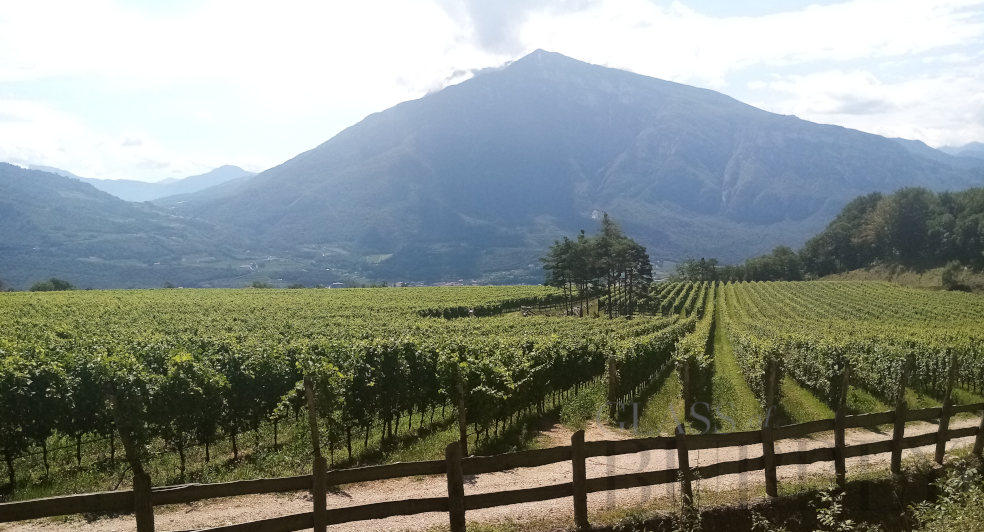
Trentodoc, from 2007, is a registered trademark name representing the traditional method sparkling wines category from the Trentino region, located in Nothern Italy. Wines are also made from Chardonnay, Pinot Nero (Pinot Noir), Pinot Bianco (Pinot Blanc), and Meunier. The vineyards have a more northerly location than Franciacorta and reach much higher altitudes, 200-900 meters above sea level.
Trentodoc wines, like others, are produced in different styles:
- Non-Vintage wines undergo a minimum of 15 months of lees ageing
- Millesimato, or Vintage wines, spent a minimum of 24 months on lees
- Riserva at least 36 months
- Trentodoc wines can be White or Rosato (Rosè) with different sweetness levels, from Brut Nature to Dolce (Sweet). Just Riserva (Reserve) wines can be made in Brut Nature (Pas Dosè/Zero Dosage), Extra Brut and Brut only.
Trentodoc Festival is the main annual event and takes place in September. The event page is available in Italian: Trentodoc Festival
Oltrepò Pavese
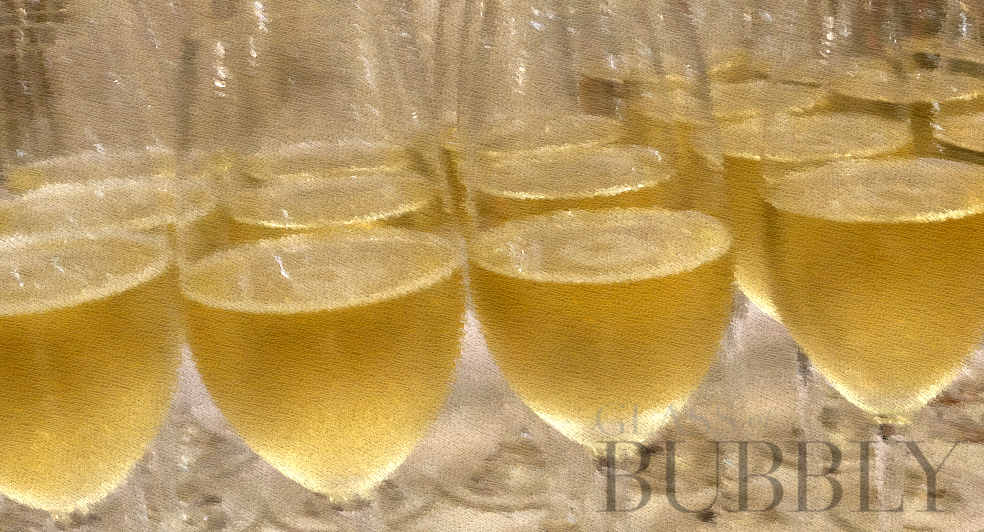
Oltrepò Pavese Metodo Classico DOCG Traditional Method sparkling wines are made in the Lombardia region (more than 60% of all region’s wines are produced here). Wine can be White or Rosè. Pinot Noir, Chardonnay, Pinot Grigio, and Pinot Bianco are the principal grape varieties. You can also find the term Cruasé, defined as a “collective brand reserved for members that identify rosé from Pinot Nero grapes”. I tried some very complex and an outstanding examples with great structure and ageing potential.
Oltrepò Terra di Pinot Nero event is dedicated to two denominations: l’Oltrepò Pavese DOCG Metodo Classico and il Pinot Nero dell’Oltrepò Pavese DOC. Both are focused on Pinot Noir, one for still wine and the other for the Traditional method sparkling wine version. Event page: Terra di Pinot Nero
Alta Langa

Alta Langa has a recent history: the DOC was approved in 2001 and became a DOCG in 2011. We are in the Piedmont region, on Asti, Alessandria and Cuneo hills. Alta Langa’s vineyards must be at least 250 mt a.s.l, and wines are made solely using Pinot Noir and Chardonnay grapes. Wines can be White, Rosè (or Rosa), and the minimum time on lees is 30 months and 36 for Riserva. Mention “Vigna” or Cru can also appear on the label. Currently, Consortium Alta Langa represents about 90 members.
La Prima dell’Alta Langa is the annual tasting of the cuvées produced by all members. Alta Langa Consortium’s event page: La Prima dell’Alta Langa
![]()
Irina Mihailenko
Originally from Latvia, but based in Italy for over 30 years. She is a professional sommelier, Valpolicella Wine Specialist, Wine Judge, Cava Educator. Founder and project manager at Tooscans. In 2020, she created the Sparkling Life website, which is published in three languages and focuses on food and wine, as well as Tooscans Wine Academy.
